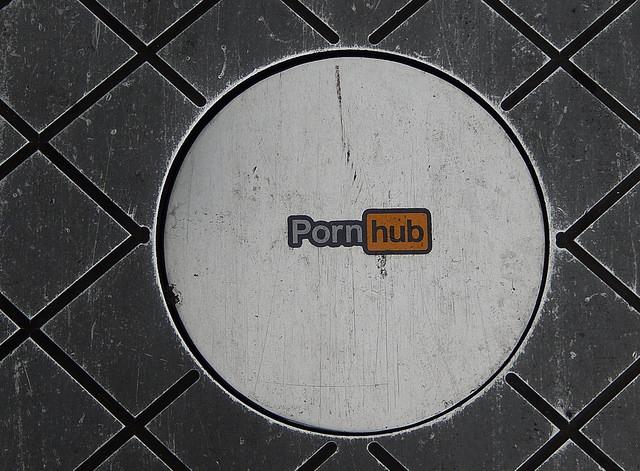Historically, pornography and sex education have been at odds. Particularly given the abysmal state of sex education in the U.S. (and elsewhere), young people are frequently left with no sexual health resource apart from porn.
Abstinence-only education fails to answer questions from curious kids on the brink of puberty, and with widespread access to technology it is no surprise so many underage folks access pornography. The dangerous combination of insufficient sex education and explicit sexual imagery leads to unrealistic and unhealthy misconceptions about sexuality. Think for a moment: If you indulge in adult entertainment, have you ever seen a condom in porn?
Yet, PornHub — one of the most popular porn sites around, catering to almost 70 million visitors every day — launched a “sexual wellness” center this week. PornHub wants to be the porn consumer’s “one-stop shop, available 24/7, to facilitate your needs, be it comprehensive information regarding STIs and safe sex, the latest in sex tech or advice on how to approach a friends-with-benefits arrangement.”
They recruited sexologists, experts on transgender issues and anyone else PornHub could find worthy of an international online sexual health center.
That all sounds amazing; comprehensive education hand-in-hand with porn, crushing the miseducation effects of those who consume pornography without an understanding of sexuality outside of porn scripts. But the execution of PornHub’s project falls a bit short of an ideal educational resource.
PornHub sexual wellness center: the Hump Day review
For one thing, PornHub’s Sexual Wellness Center is a little hard to find. One can only find it on their main adult entertainment site by going to the menu bar at the top, clicking “More” and then clicking “Sexual Wellness Center.”
If PornHub wants to truly educate those interested in their content, educational information would be more prominently displayed or even required viewing before the porn plays. For example, portions of their comprehensive article on consent could be displayed on-screen during pornography scenes. Of course, this sort of integration might displease some viewers, but perhaps those are the people most in need of sexual wellness education.
The website itself gives off a completely different vibe from PornHub’s dingy black-and-orange theme. Its clean white and blue design gives off a more clinical feel, appropriate for the amount of expertise involved. Dr. Laurie Betito, renowned sex therapist, directs the site along with a variety of other doctors and specialists.
PornHub even included Sophia Banks, a transgender advocate and author of the site’s Trans 101 portion. One contributor is a neuroscientist who studies the role of neurobiology in clinical sexology. So PornHub absolutely gathered an array of impressive experts to spearhead their project. But the contributors are lacking in people of color, a disappointing fact that parallels the porn industry itself.
Nevertheless, some of the articles fall far short of perfect. An article titled “Top Erotic Positions for Lesbians” features an enormous graphic of scissors and lists “The Scissor” as “most popular among the lesbian community.”
Though many lesbians do enjoy scissoring, most women find scissoring exhausting, unsafe or simply insufficient to reach orgasm. Scissoring requires quite a bit of flexibility and repositioning, and this article perpetuates the prevalent myth all lesbians scissor constantly.
One promising article about period sex turned out to actually recommend a product called Flex that sits at the base of the cervix, collecting blood so that “sex is possible without the blood spilling out.” Far from destigmatizing period sex, the article simply endorses covering up a natural bodily cycle. And the piece fails to discuss benefits of period sex, which range from improving mood to soothing cramps.
In addition, the site still uses the term “sexually transmitted disease” rather than “sexually transmitted infection.” Many experts and educators have made the switch to saying “STI,” because “STD” is stigmatized and, frankly, not medically accurate.
When we come into contact with chlamydia, for example, bacteria are the infection — the physical source of the disease. Chlamydia does not become a disease until symptoms (burning urination, itching, etc.) begin to show up.
Since STIs are often asymptomatic, calling them “diseases” would not be correct. PornHub also lists yeast infections as an “STD,” even though yeast infections cannot be passed along via sexual activity. Finally, the authors fail to mention flavored lubricants and condoms, as well as sugars in foods, can easily cause yeast infections if inserted into vaginas.
Perhaps hopes ran too high for a sex education resource from PornHub. But this service has potential to be reshaped into something even more sex-positive and accurate, and it provides a wealth of information to those without any access to sex education at all. This one goes out to the sapiosexuals — because nothing is hotter than knowledge.


